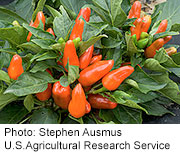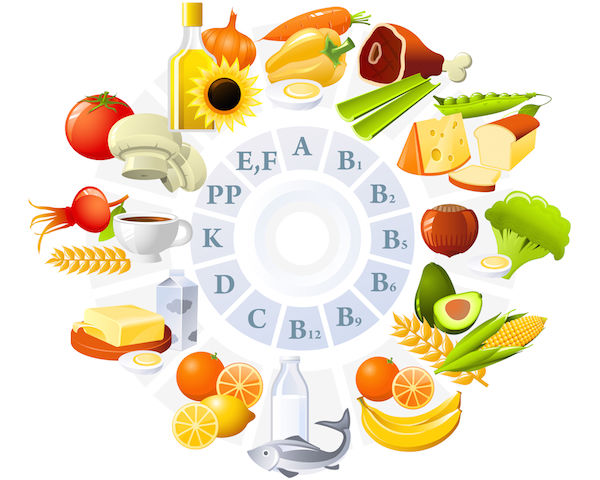
THURSDAY, Dec. 27 (HealthDay News) — It can be pretty tough for broccoli to compete with a bag of chips. There’s no broccoli aisle in the grocery store. And, you won’t see too many creative ads showcasing broccoli on TV or online.
So if you’re trying to get your kids to eat more healthy foods, and hopefully enjoy those foods, how can you get them started?
First Lady Michelle Obama thinks one way is to get kids growing again. She started a “kitchen garden” at the White House in 2009, and has been inviting kids’ groups to help plant and harvest ever since, along with encouraging schools, communities and families to start their own gardens.
“A lot of times when you grow your own vegetables and fruits, they taste really good,” Obama told young people gathered on the White House grounds in March to help plant the kitchen garden. “They taste better than a lot of stuff you’ll get in a grocery store — trust me. My kids have done it. They’re not big fans of all vegetables, but if they help to work on it, they’re much more excited about trying it out.”
That’s just the type of thinking that got Kelly Meyer to start a program called “Teaching Gardens.”
“When I saw the obesity numbers in children, I thought how can we start connecting kids to the environment so we can help them understand why eating good food is important,” Meyer said. “It’s a simple idea: Have kids see what it’s like to put a seed into the soil and create food that’s sustainable and nutritious,” she explained.
“When kids are invested in the growing, they’re more willing to try the food because they’re connected to the process,” she added. “And, once they try the foods, it helps them retrain their palates.”
She started the program with one school in California, and word spread quickly. Her “Teaching Gardens” program is now part of the American Heart Association’s childhood obesity prevention campaign.
Meyer said the size of the garden depends on the school’s size, staff and available space. “We have standard size boxes, and we can customize them to the site,” she said. “We use local dirt sources and involve the kids in the planting and the growing.” The kids plant things such as carrots, tomatoes, lettuce, cucumbers, fruit trees, chard and kale. The program also includes a curriculum on nutrition and why it’s important to eat healthy foods.
“We have kids open salad bars with the foods they’ve grown, and because they put energy and work into that food, they’re interested in eating it,” Meyer said. “Normally, a carrot will lose out to Cheetos every time. Those foods are engineered to appeal to kids. The garden gives them a green billboard to look at against the cavalcade of ads they’re usually bombarded with,” she added.
“We’re not going to change everything in an instant, but the gardens help give kids a chance to connect to something healthy,” Meyer noted.
If parents want to supplement what’s going on at school, Meyer suggested an herb garden as a great way to start, especially if you’re short on space and time. Container gardens can also work well, she said. But, if you can’t do that, take your child shopping with you. Go through the produce section and have them help choose items for your family dinner. And if you live in an area where produce is scarce, Meyer recommended getting together with neighbors and talking to the managers of your community markets to ask for more fruits and vegetables.
More information
Find out about more initiatives that help get kids into healthy eating, here.

